Home>Maintenance & Safety>Safety Equipment & Products>How To Childproof Mini Blinds
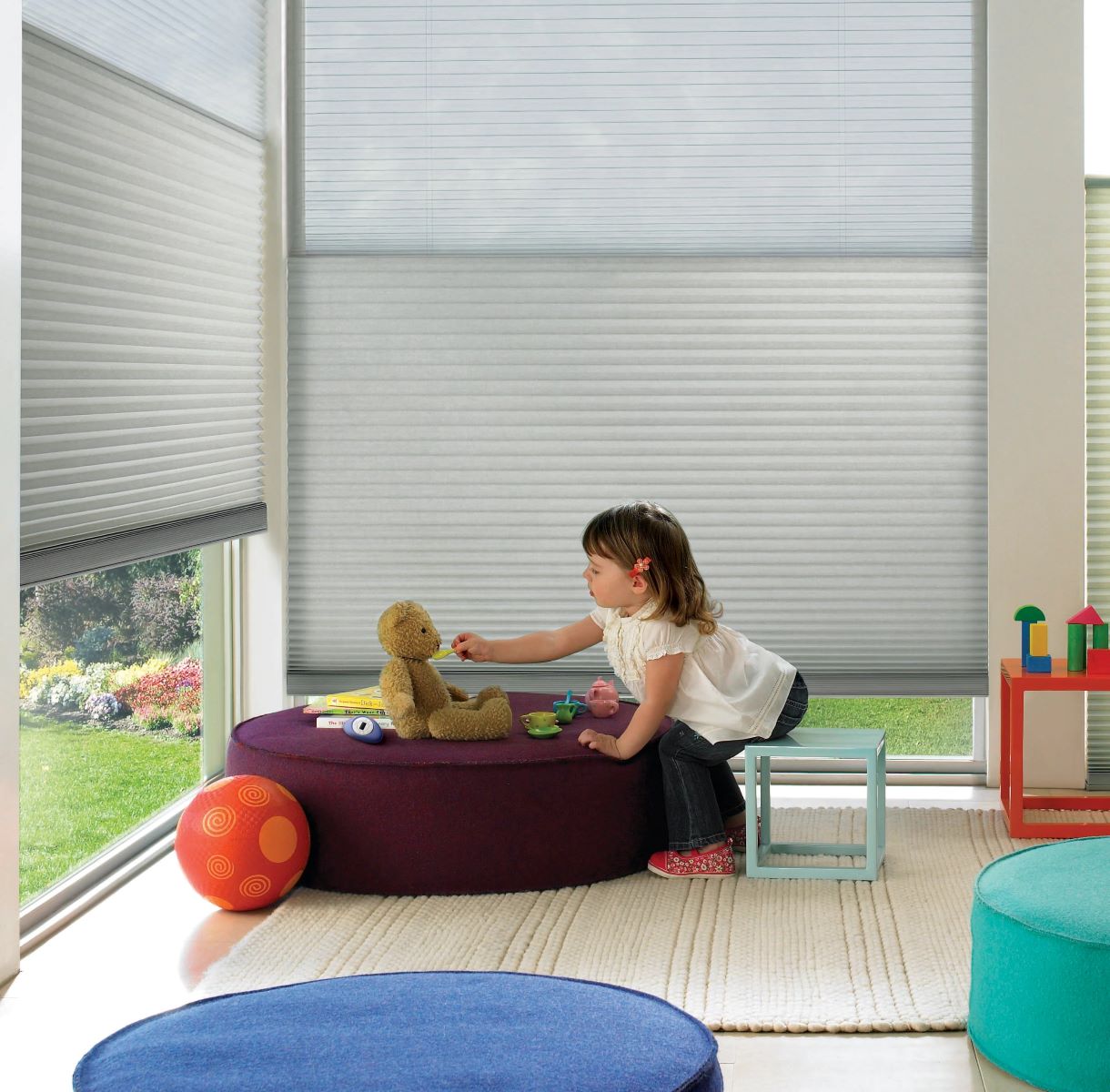

Safety Equipment & Products
How To Childproof Mini Blinds
Modified: January 9, 2024
Learn how to childproof mini blinds with safety equipment and products. Keep your little ones safe and secure at home.
(Many of the links in this article redirect to a specific reviewed product. Your purchase of these products through affiliate links helps to generate commission for Storables.com, at no extra cost. Learn more)
Introduction
Childproofing a home is a vital aspect of ensuring the safety and well-being of young children. While many potential hazards are often addressed, one area that is sometimes overlooked is window treatments, specifically mini blinds with cords. These seemingly innocuous cords can pose a significant risk to young children, as they may become entangled in them, leading to serious injury or even tragic accidents.
In this comprehensive guide, we will delve into the essential steps to childproof mini blinds, offering valuable insights into understanding the risks associated with corded blinds, selecting the right childproofing products, and implementing cordless blinds or retrofitting existing ones. Moreover, we will emphasize the importance of regular maintenance and safety checks to ensure ongoing safety for children in the home.
By understanding and implementing the measures outlined in this guide, you can create a safer environment for your little ones, providing peace of mind and significantly reducing the risk of accidents related to corded window treatments. Let's embark on this journey to safeguarding your home and protecting your loved ones.
Key Takeaways:
- Corded mini blinds pose serious risks to children, including strangulation. Choosing cordless blinds or retrofitting existing ones with safety devices can significantly reduce the danger and create a safer home environment.
- Regular maintenance and safety checks for window blinds are essential. By staying informed and proactive, caregivers can ensure ongoing safety and prioritize the well-being of their children.
Read more: How To Install Mini Blinds
Understanding the Risks
Mini blinds with cords present a serious safety hazard to young children. The cords, often used to open and close the blinds or to adjust the height, pose a strangulation risk if a child becomes entangled in them. The potential danger lies in the fact that the cords can form loops or long strands, which can easily wrap around a child’s neck, leading to injury or suffocation.
It’s important to recognize that even very young children can reach and grab these cords, and the risk is not limited to toddlers who are able to walk or climb. Curious infants can also be at risk if they are within reach of the cords. Additionally, children with special needs or those who are more adventurous and prone to exploring their surroundings may be particularly vulnerable.
Statistics from the U.S. Consumer Product Safety Commission (CPSC) and similar agencies around the world underscore the severity of the issue. Tragically, there have been numerous cases of children being injured or losing their lives due to entanglement in window blind cords. These incidents highlight the urgent need for proactive measures to mitigate the risks associated with corded blinds.
By understanding the potential dangers posed by corded mini blinds, caregivers and parents can take the necessary steps to minimize these risks and create a safer environment for their children. The subsequent sections of this guide will provide actionable insights into how to effectively childproof mini blinds, thereby reducing the likelihood of accidents and ensuring the well-being of young ones in the home.
Choosing the Right Childproofing Products
When it comes to childproofing mini blinds, selecting the appropriate safety products is crucial. There are various options available to mitigate the risks associated with corded blinds, and choosing the right childproofing products is essential for ensuring effective safety measures.
One of the most effective solutions is to opt for cordless blinds. Cordless blinds eliminate the risk of entanglement, as they operate without the need for cords to raise, lower, or adjust the slats. These blinds are available in a wide range of styles, materials, and colors, making it possible to find options that not only enhance safety but also complement the aesthetics of your living spaces.
For existing corded blinds, there are childproofing kits and devices specifically designed to secure the cords and prevent them from posing a hazard. Cord cleats, for example, allow the excess cord to be wound up and secured out of reach of children. Cord wind-ups are another effective solution, enabling the excess cord to be wrapped around a spool and kept out of harm’s way. These products are simple to install and provide an added layer of safety for corded blinds.
It’s important to ensure that any childproofing products selected are compliant with relevant safety standards and regulations. Look for products that have been tested and certified for their effectiveness in mitigating the risks associated with corded blinds. Additionally, consider the durability and ease of use of the childproofing products to ensure that they provide long-term safety benefits without compromising functionality.
By choosing the right childproofing products, such as cordless blinds or safety devices for corded blinds, caregivers and parents can significantly reduce the risk of accidents and create a safer environment for children. The subsequent sections will delve into the installation of cordless blinds and the retrofitting of existing blinds to further enhance safety in the home.
Installing Cordless Blinds
Transitioning to cordless blinds is a proactive and effective measure to eliminate the risks associated with corded blinds. The installation process for cordless blinds is relatively straightforward, and it offers a long-term solution to enhance the safety of window treatments in homes with young children.
Before embarking on the installation, it’s essential to measure the windows accurately to ensure that the cordless blinds fit perfectly. Most manufacturers provide detailed instructions on how to measure and select the right size of cordless blinds for different window dimensions. Taking precise measurements is crucial for a seamless installation process and optimal functionality.
When installing cordless blinds, it’s important to follow the manufacturer’s guidelines and recommendations meticulously. Typically, the installation involves mounting brackets at the top of the window frame or inside the window recess. Once the brackets are securely in place, the headrail of the cordless blinds can be easily inserted and locked into position, ensuring stability and smooth operation.
After the cordless blinds are installed, it’s essential to test their functionality to ensure that they operate smoothly and effectively. Cordless blinds are designed to be user-friendly, allowing for easy adjustment of the slats and effortless raising and lowering of the blinds without the need for cords. This not only enhances safety but also provides a sleek and modern window treatment solution for homes.
By installing cordless blinds, caregivers and parents can create a safer environment for their children, eliminating the risk of entanglement associated with corded blinds. Furthermore, cordless blinds offer the added benefits of enhancing the overall aesthetic appeal of living spaces and providing a convenient and user-friendly window treatment option.
Transitioning to cordless blinds is a proactive step toward ensuring the safety and well-being of young children in the home, and it represents a long-term investment in creating a secure and comfortable living environment for the entire family.
Consider replacing mini blinds with cordless options to eliminate the risk of strangulation. If replacing is not an option, install cord cleats to keep cords out of reach and use cord shorteners to reduce the length of cords.
Retrofitting Existing Blinds
For homes with existing corded blinds, retrofitting them with childproofing devices and accessories is a practical and effective way to enhance safety and mitigate the risks associated with corded window treatments. Retrofitting allows caregivers and parents to secure the cords, making them inaccessible to young children and reducing the likelihood of accidents.
One popular option for retrofitting existing blinds is the installation of cord cleats. Cord cleats provide a simple yet effective way to secure the cords, preventing them from hanging freely and posing a hazard to children. By winding the cords around the cleats and securing them out of reach, caregivers can significantly reduce the risk of entanglement and promote a safer environment for their little ones.
Cord wind-ups are another valuable retrofitting solution for corded blinds. These devices enable the excess cord to be neatly wound around a spool, keeping it out of the reach of children. Cord wind-ups are easy to install and provide a practical way to eliminate dangling cords, minimizing the potential dangers associated with corded blinds.
When retrofitting existing blinds, it’s essential to ensure that the childproofing devices are installed securely and in accordance with the manufacturer’s instructions. Caregivers should inspect the blinds and cords regularly to confirm that the retrofitting devices are functioning as intended and that the cords remain safely secured and out of reach of children.
Retrofitting existing blinds with childproofing devices offers a cost-effective and efficient way to enhance safety in homes with corded window treatments. By taking proactive measures to secure the cords and eliminate potential hazards, caregivers and parents can create a safer environment for their children without the need for a complete replacement of the blinds.
Ultimately, retrofitting existing blinds with childproofing devices empowers caregivers to address the safety risks associated with corded blinds, providing peace of mind and ensuring the well-being of young children in the home.
Read more: How To Clean Mini Blinds
Regular Maintenance and Safety Checks
Ensuring the ongoing safety of window treatments in homes with young children involves regular maintenance and safety checks. By incorporating these practices into the household routine, caregivers and parents can uphold a secure environment and promptly address any potential safety concerns related to window blinds.
Regularly inspecting cordless blinds is essential to confirm that they continue to operate smoothly and without any issues. Caregivers should check for any signs of wear and tear, ensuring that the blinds function as intended and that there are no loose components that could pose a hazard. Additionally, it’s important to clean cordless blinds regularly to maintain their appearance and functionality.
For homes with retrofitting devices installed on existing corded blinds, conducting routine safety checks is crucial. Caregivers should verify that the cord cleats or cord wind-ups are securely in place and that the cords are properly wound and out of reach of children. Any signs of damage or wear on the retrofitting devices should be promptly addressed to maintain their effectiveness.
It’s advisable to incorporate safety checks for window treatments into a broader home safety routine. This can include regular assessments of other childproofing measures, such as securing furniture and electrical outlets, to maintain a comprehensive approach to child safety in the home.
Furthermore, staying informed about any product recalls or safety updates related to window blinds is vital. Caregivers should be proactive in addressing any potential safety issues by following the guidance provided by manufacturers or relevant safety authorities. This proactive approach helps to ensure that window treatments continue to meet safety standards and regulations.
By integrating regular maintenance and safety checks into the household routine, caregivers and parents can uphold a safe and secure environment for their children. These practices not only contribute to the ongoing safety of window blinds but also demonstrate a commitment to prioritizing the well-being of young ones in the home.
Conclusion
Childproofing window blinds, particularly mini blinds with cords, is a critical aspect of creating a safe and secure environment for young children in the home. Understanding the risks associated with corded blinds is the first step toward implementing effective safety measures. The potential dangers posed by entanglement in window blind cords underscore the importance of proactive childproofing.
Choosing the right childproofing products, such as cordless blinds or retrofitting devices for existing blinds, is essential for mitigating the risks and ensuring the safety of children. Cordless blinds offer a modern and safe alternative, while retrofitting devices provide a practical solution for securing corded blinds and minimizing potential hazards.
Installing cordless blinds represents a proactive and long-term investment in creating a safer environment for children. The seamless transition to cordless blinds eliminates the risks associated with cords, offering peace of mind to caregivers and parents while enhancing the overall aesthetic appeal of living spaces.
Retrofitting existing blinds with childproofing devices provides a cost-effective and efficient way to address safety concerns. By securing the cords and minimizing potential hazards, caregivers can maintain a safe environment without the need for a complete replacement of the blinds.
Regular maintenance and safety checks are crucial for upholding the ongoing safety of window treatments in homes with young children. Incorporating these practices into the household routine ensures that cordless blinds and retrofitting devices continue to function effectively, contributing to a secure living environment for children.
Ultimately, prioritizing the safety of window blinds is a testament to a caregiver’s commitment to creating a safe and nurturing home environment for children. By understanding the risks, choosing the right childproofing products, and implementing proactive safety measures, caregivers and parents can significantly reduce the potential dangers associated with corded blinds, providing a secure and comfortable space for their little ones to thrive.
Embracing these measures empowers caregivers to safeguard their homes and protect their loved ones, fostering an environment where children can explore and grow with confidence and security.
Frequently Asked Questions about How To Childproof Mini Blinds
Was this page helpful?
At Storables.com, we guarantee accurate and reliable information. Our content, validated by Expert Board Contributors, is crafted following stringent Editorial Policies. We're committed to providing you with well-researched, expert-backed insights for all your informational needs.
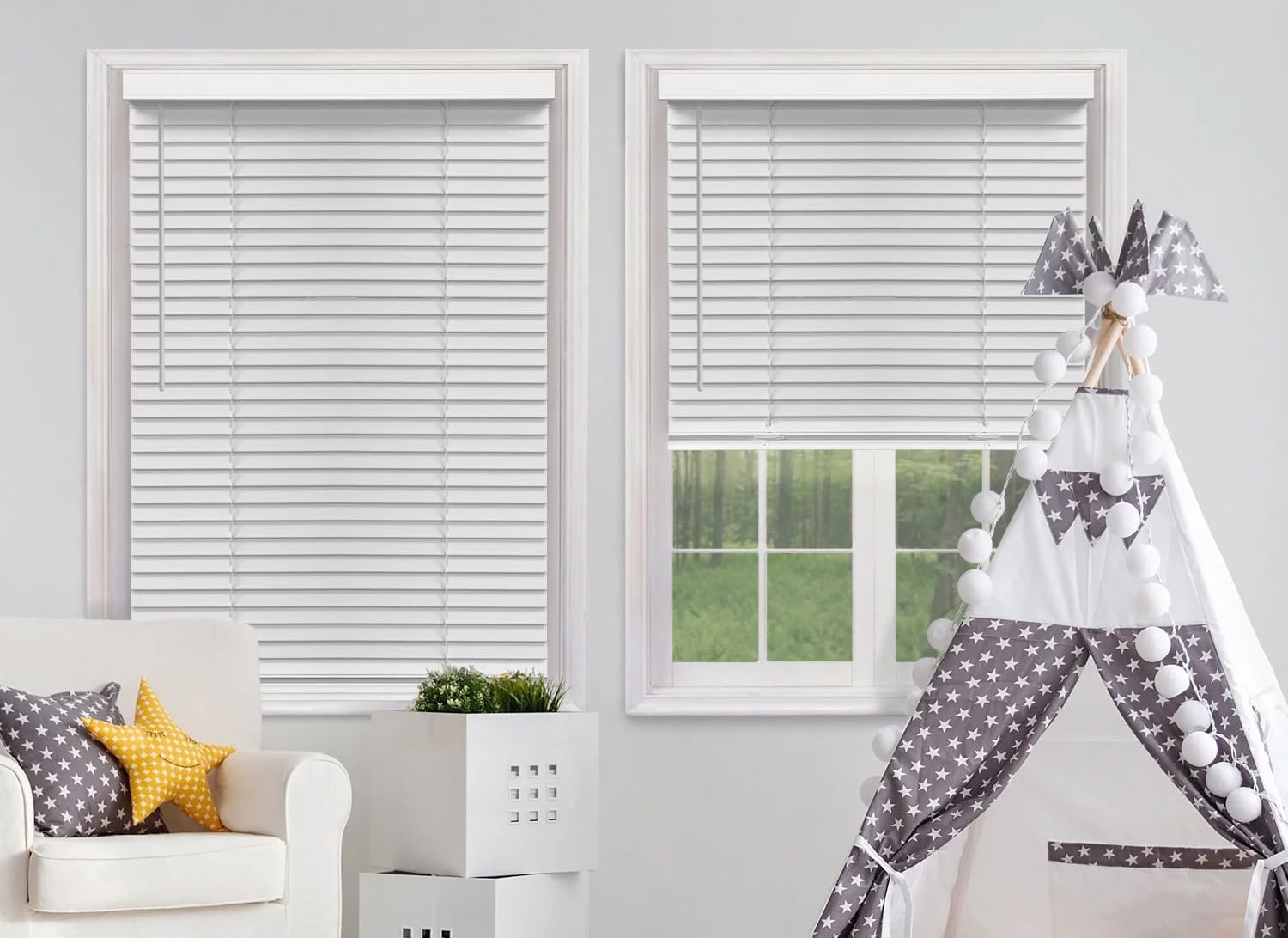

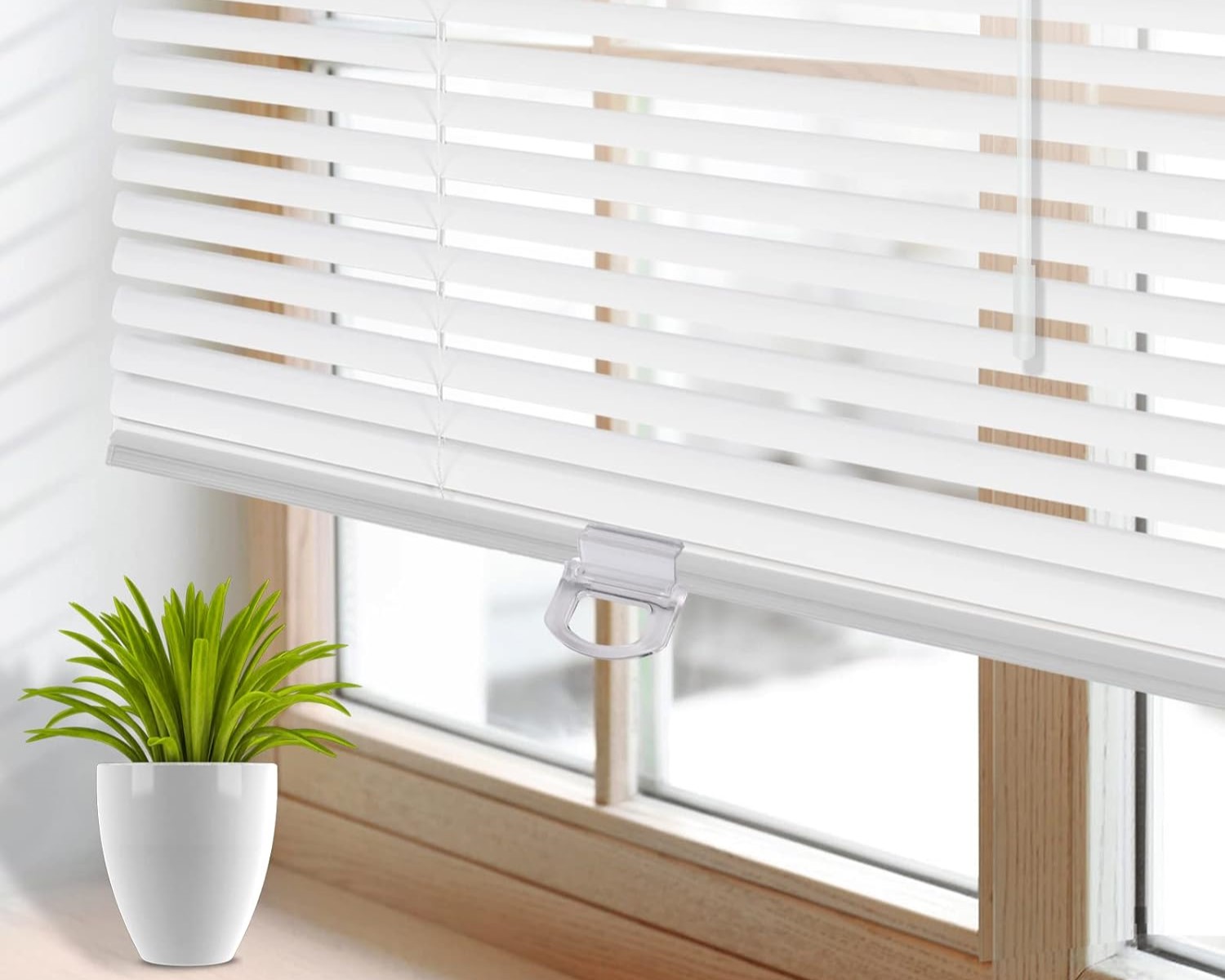
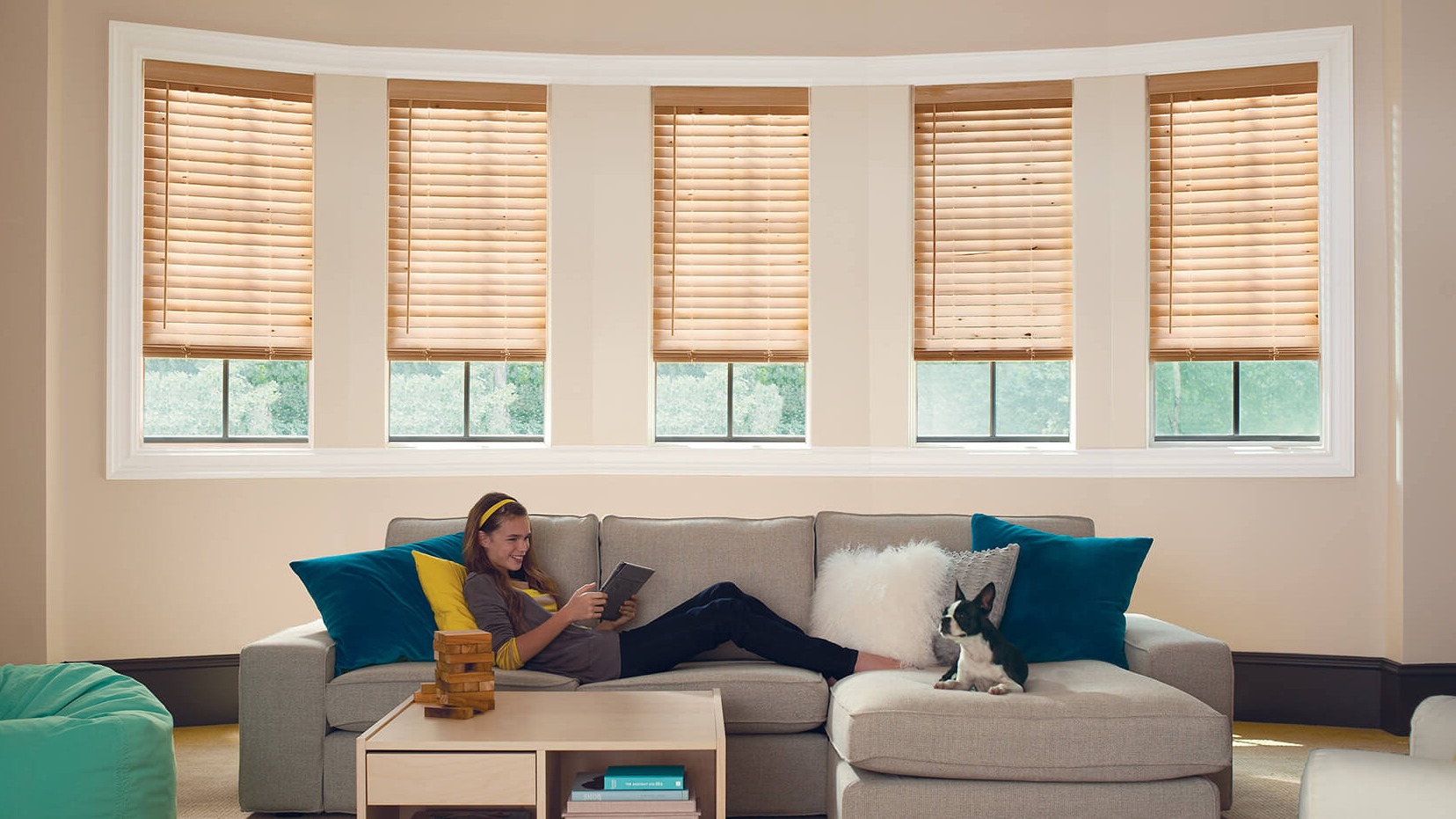
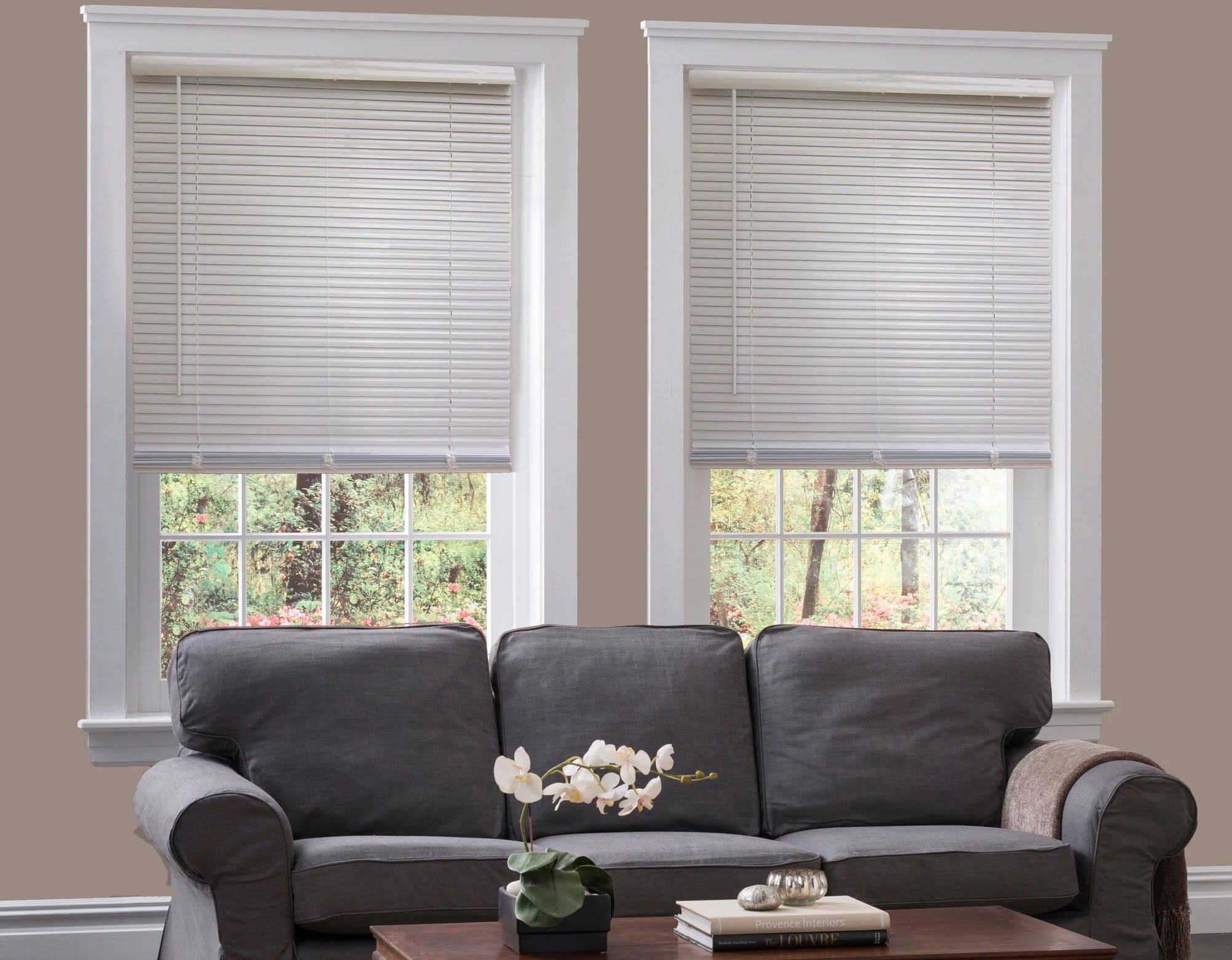
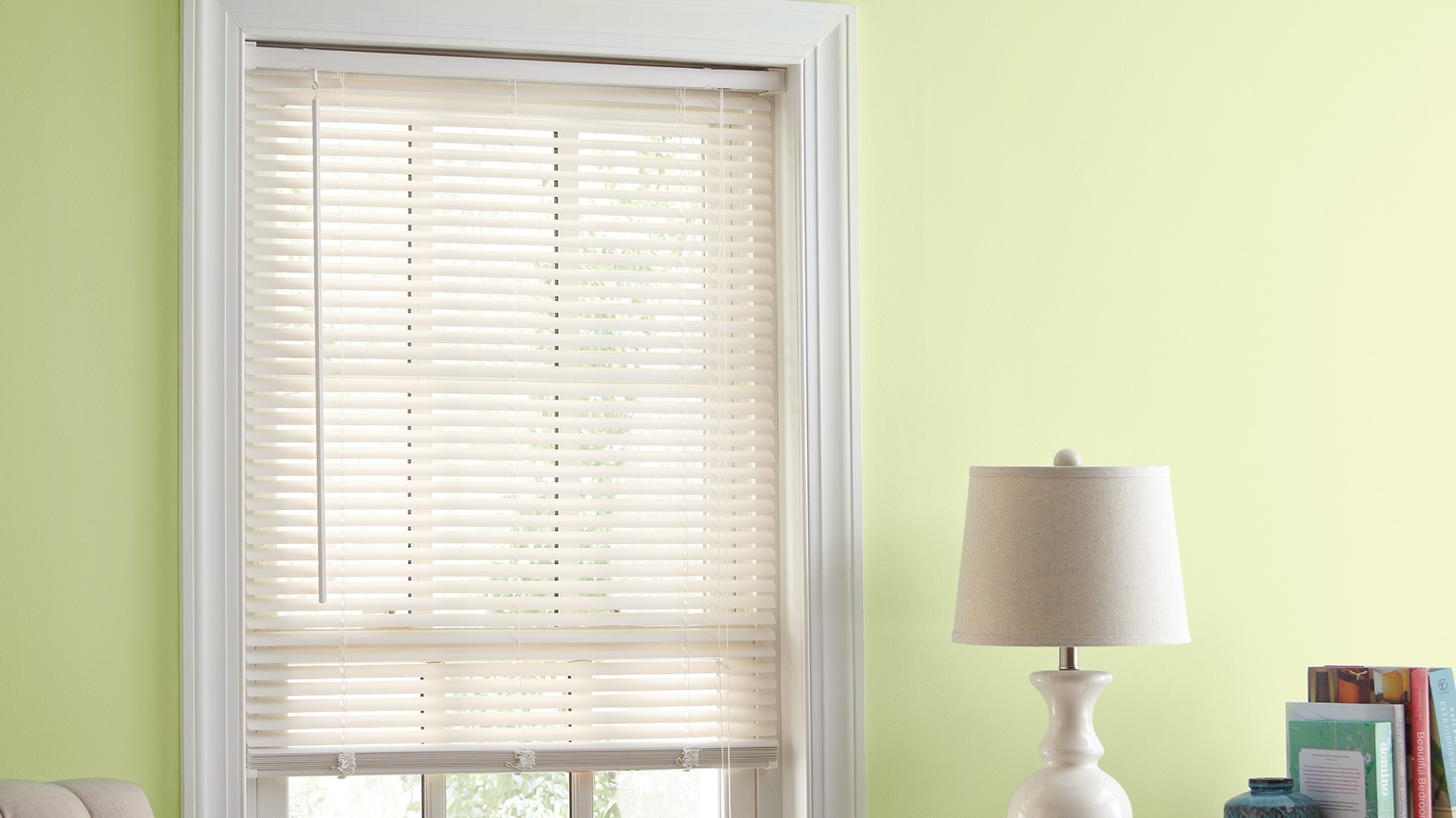
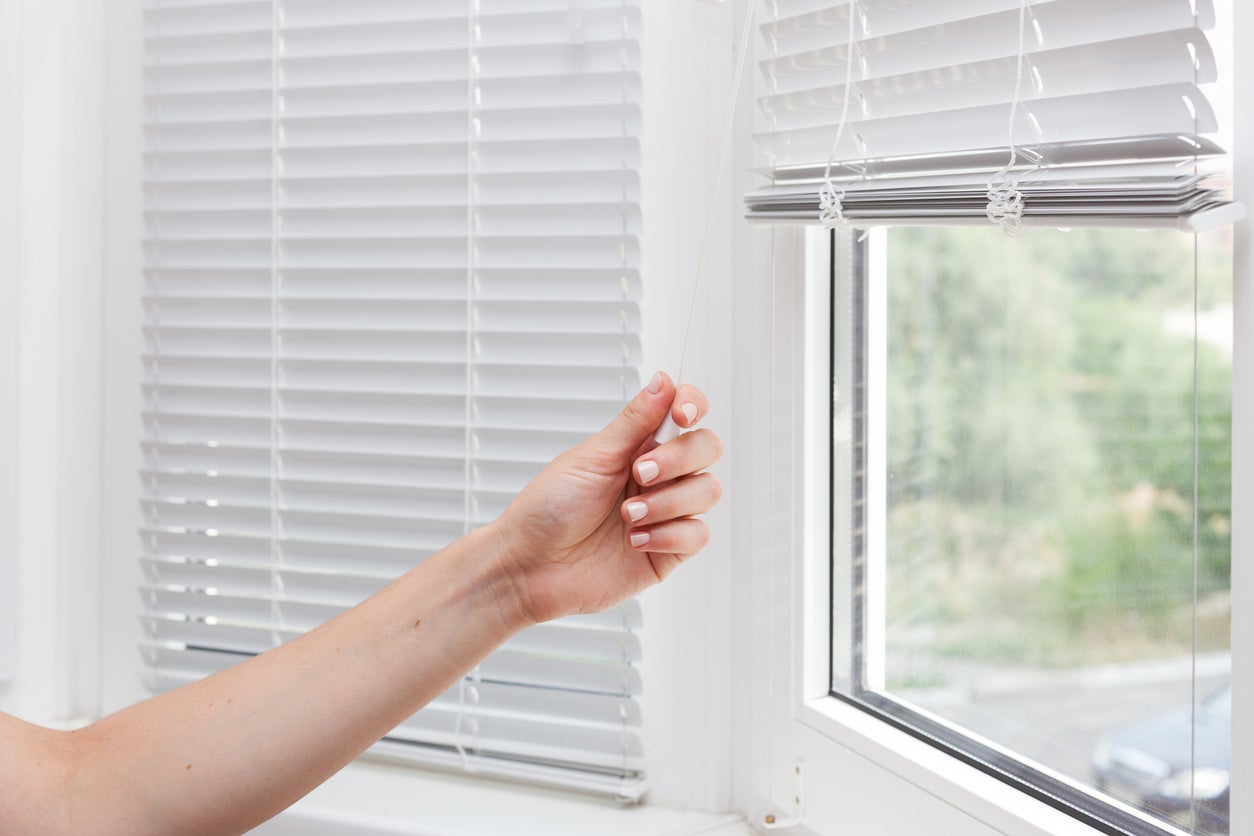
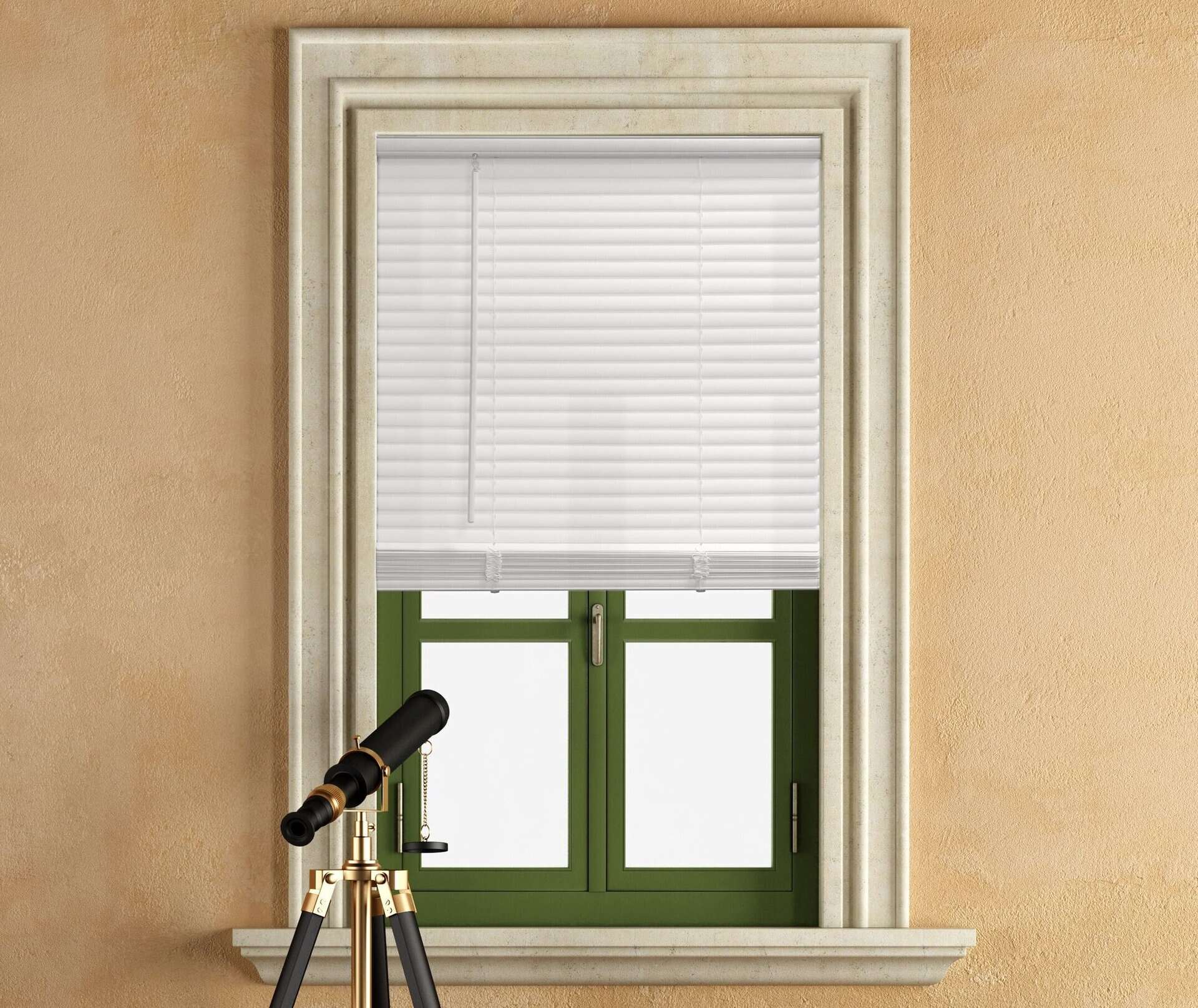
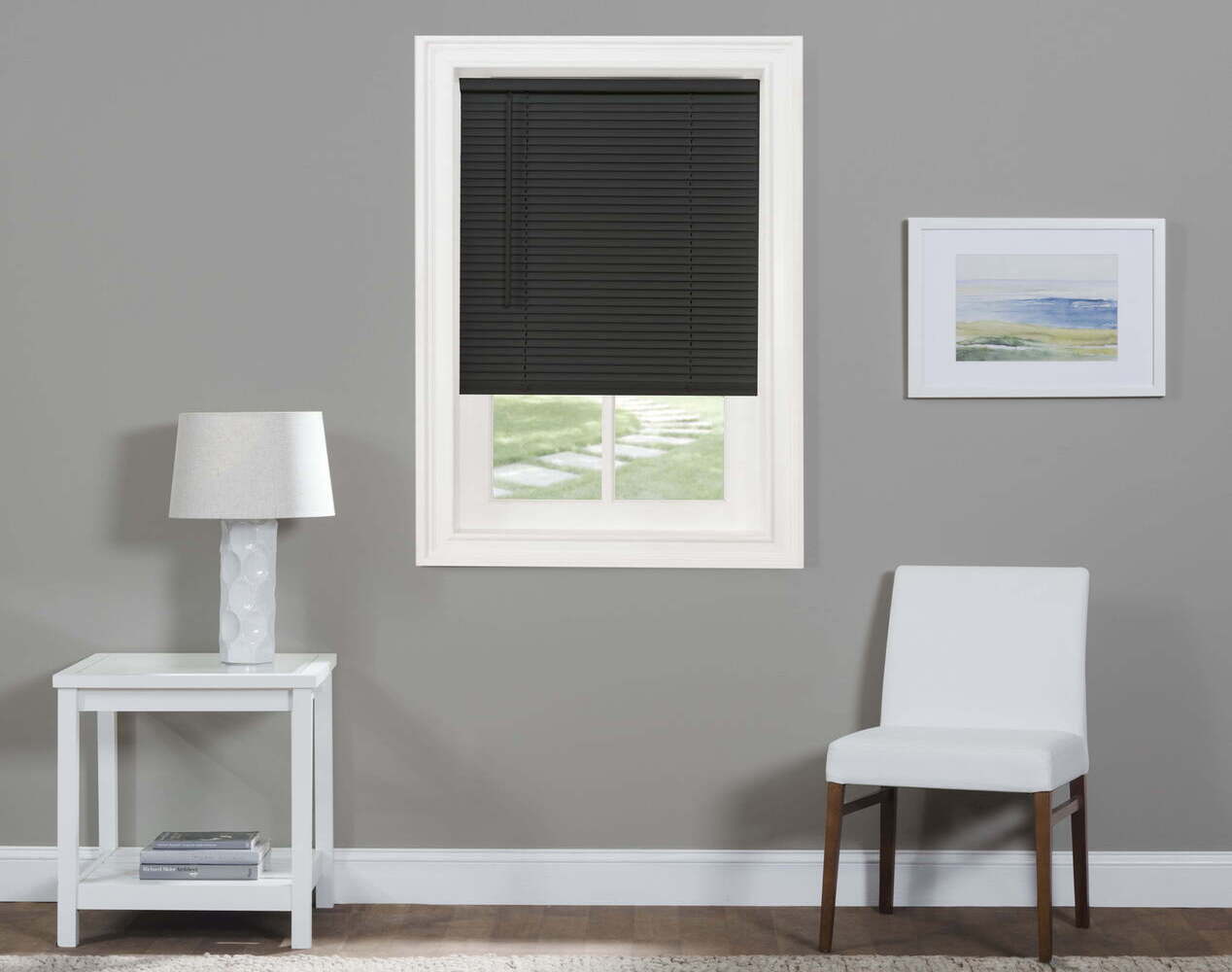
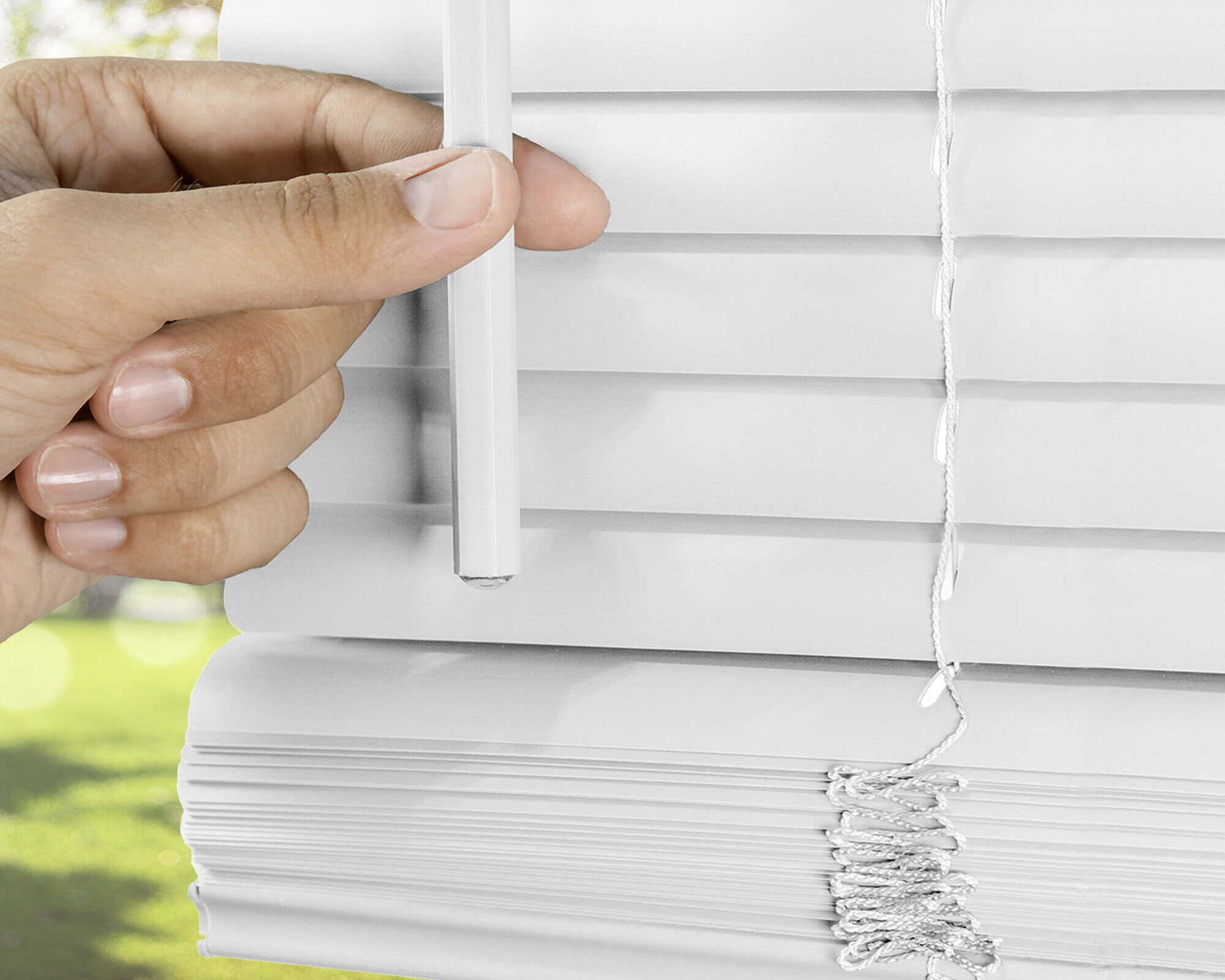
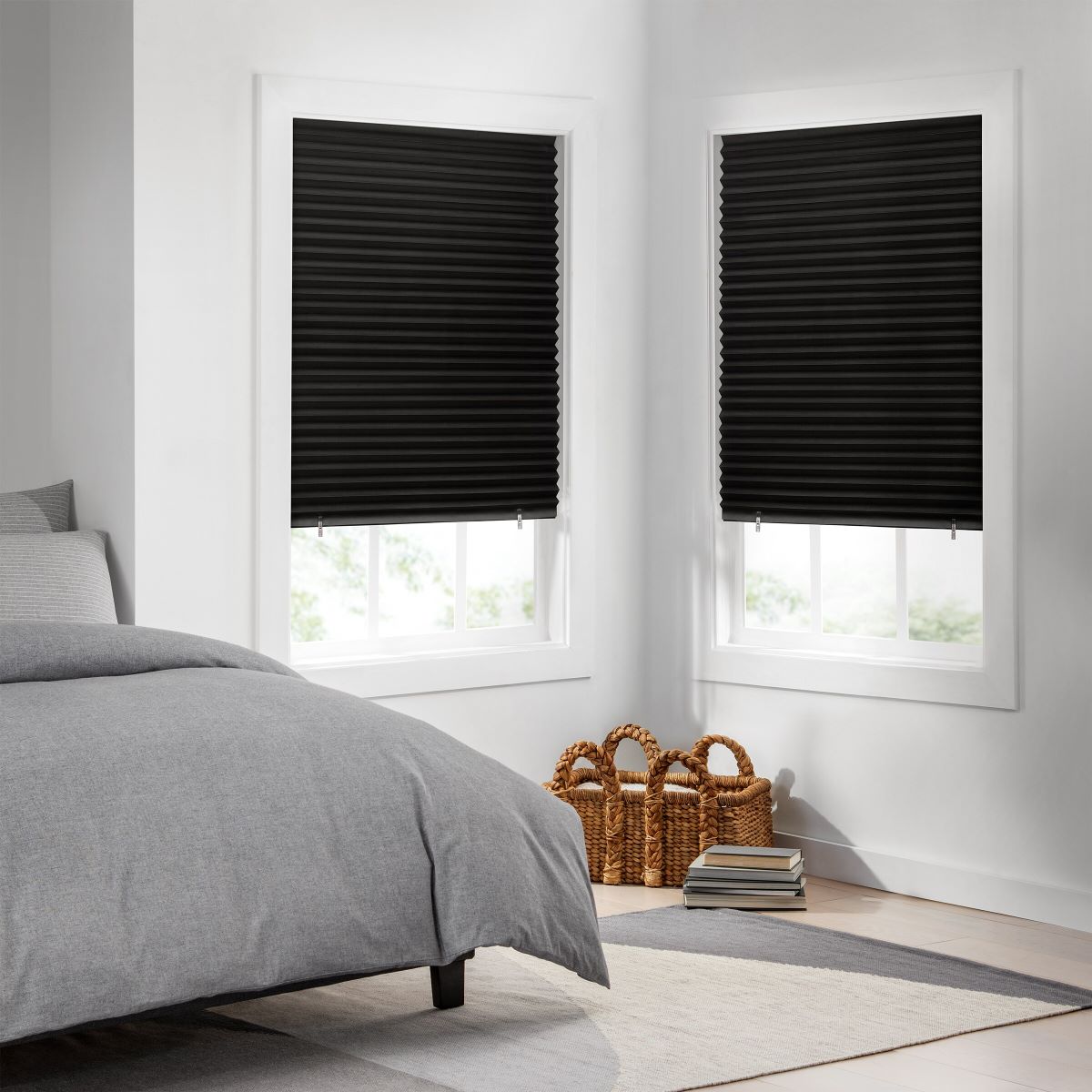
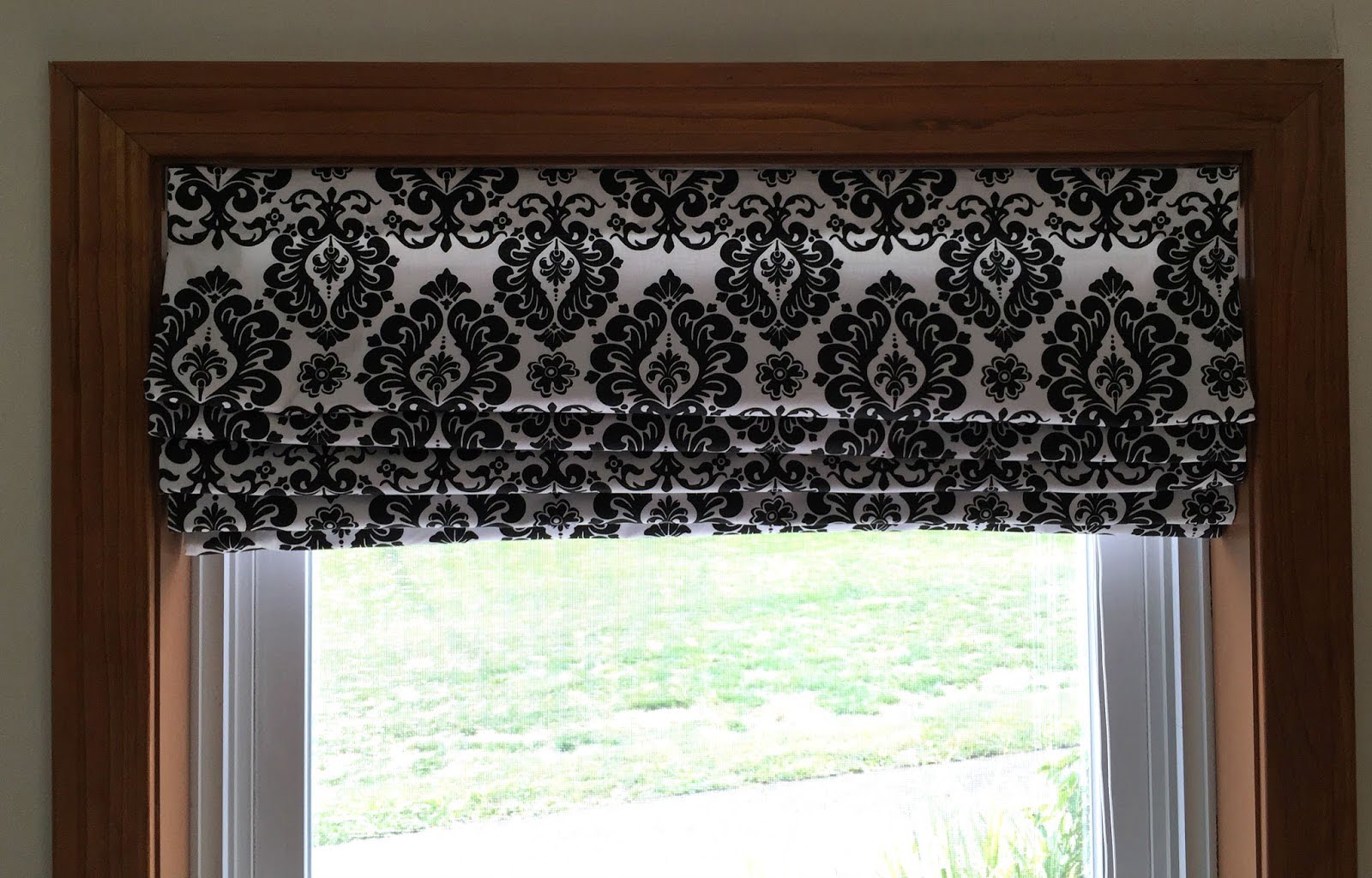
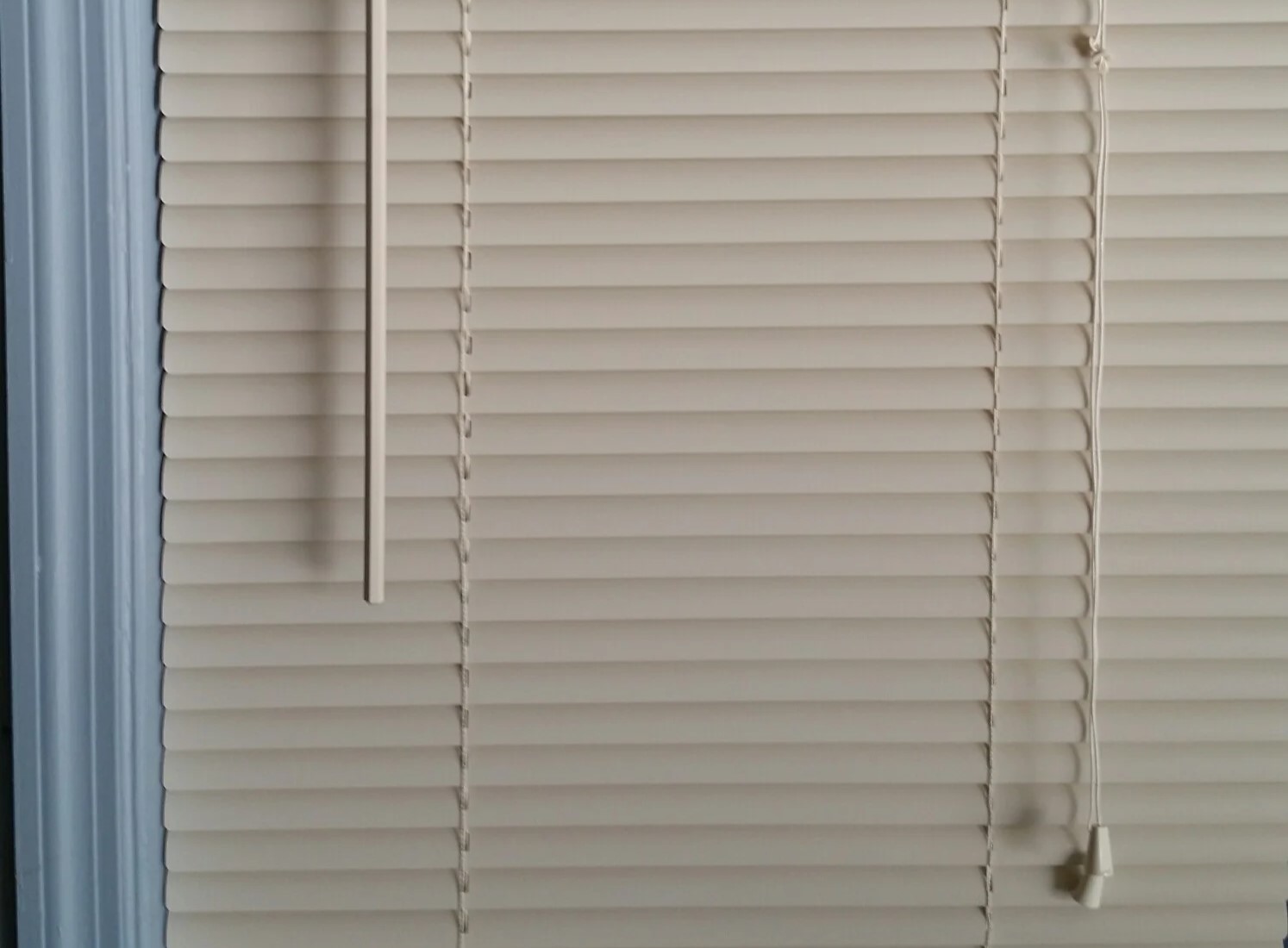


0 thoughts on “How To Childproof Mini Blinds”